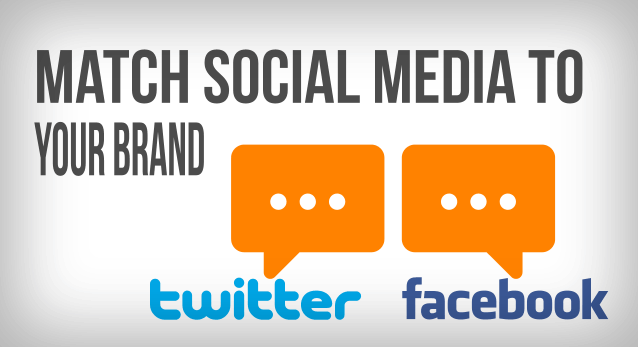
Whether you’re a marketing director at a mid-size company or wearing the communications hat at a start-up, message management across multiple channels is growing more complex each day. There are scenarios where you can maintain tight control, including websites, thoughtware pieces, direct marketing, etc. And there are those where you have to cede control, most notably social media and public relations. In speaking with our peers, we find that communications professionals mostly embrace and celebrate the expanding opportunities.
Others, surprisingly, are not as enthusiastic. As one friend of Purely Branded, a marketing director at a mid-size manufacturing company, recently put it, “In addition to my marketing and sales responsibilities, I need 10 of me to handle it. She continued, “I’m finding it increasingly difficult to tend to our communications across all of the different media. When the world was straight trade ads, PR and tradeshows, things were very defined. We spoke and people listened.”
“Now our audiences, though still quite niche, are everywhere, using everything and we need to be there. The issue isn’t getting the word out, it’s getting it out in ways appropriate for specific media and then managing the process of interaction with us. Seemingly frustrated, she continued, “There are a lot of moving parts and, as I look to others for support, our messages sometimes get mangled in between the parts. We’ve seen prospects actually get confused about who we are and what we do.”
We’d all agree that delivering corporate messages has never been easier and more cost-effective. Delivering messages with consistency and coherence, in ways that work to strengthen a brand, is not as easy. In fact, for many small- and mid-size companies with limited resources, as we heard from our friend, it can be frustrating. Worse yet, inability to manage messages across multiple channels is actually doing companies more harm than good.
If you’re reading this, it’s likely that you understand the importance of brand messaging and the many ways to create value and differentiation. You know that the success of most companies is, in part, driven by marketplace position and perception – by pointed messaging and smart brand and communications strategy.
The issue for many is that their audiences now reside in a growing number of places. Media that enable greater control are, obviously, easier to manage. Marketers choose to disseminate assets on their own schedules and engage audiences on their terms. Media that facilitate real-time customer interaction, like social media and public relations, require constant attention, new communication protocols and message discipline. For many, these prove far more difficult to stay on message and strategy.
Our friend, like many others working with limited resources, is seeking advice and answers. She referenced to a number of how-to articles and tips for effective message management. She has attended numerous seminars. She has heard many ideas and has yet to remedy the problem.
When we offered our opinion, our friend was taken aback. What we deemed common sense, she thought contrary to what she had read and heard.
Worry about the new stuff later. Use only those channels you can manage. We heard her say that her brand and messages need to be everywhere. No they don’t. They need to be amidst her concentration of customers. Yes, some may be using new platforms. However, for the time being, there exists critical mass on key platforms (e.g. LinkedIn, Facebook, Twitter and trade sites). Go deep, not wide. It is far more effective to manage messaging across fewer platforms, than on more platforms with less control.
We heard her say that there are a lot of “moving parts” that cause “messages sometimes get mangled.” Do away with the parts that return less value. Engage only the media that 1) you know will affect your customers and 2) your resources will allow. A rich, dynamic website design is critical. Compelling thoughtware pieces and direct marketing, in this particular case, are critical. All offer more message control and less exposure to potential, time consuming problems.
Finally, we discussed communication protocols. Most small- and mid-size companies neglect formal communications protocols. They develop strategy and implement. Then as programs get moving – particularly social programs – they tend to work on-the-fly. However, as part of a communications strategy, account for possible social issues and document appropriate responses according to message. Of course there will be situations that call for on-the-fly actions. With a well thought-out guide, response will be faster and more focused.
The fact is that companies are different from one another and require programs that work for them. The story above is just one example of a company trying to manage its messages in this ever-evolving media world. For other companies we may recommend something completely different. But no matter the specific program, consistency, coherence and strengthening of the brand is key. Programs must be built around how best accomplish these objectives.